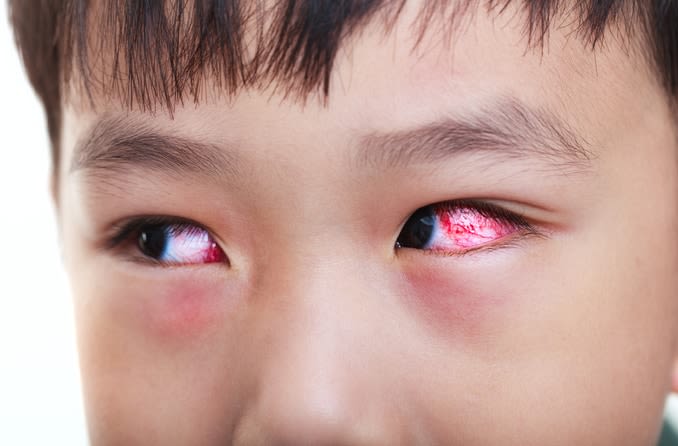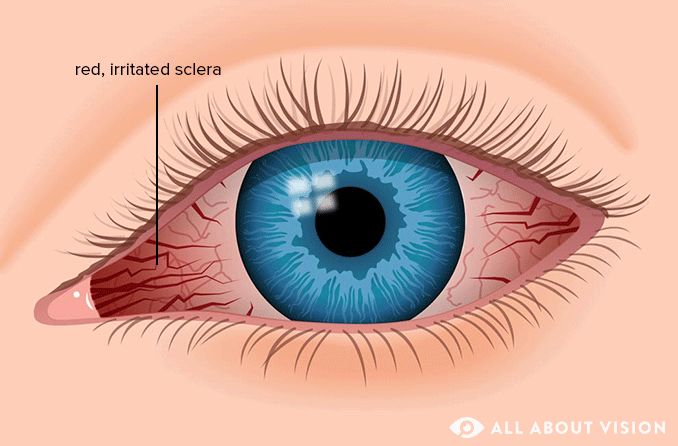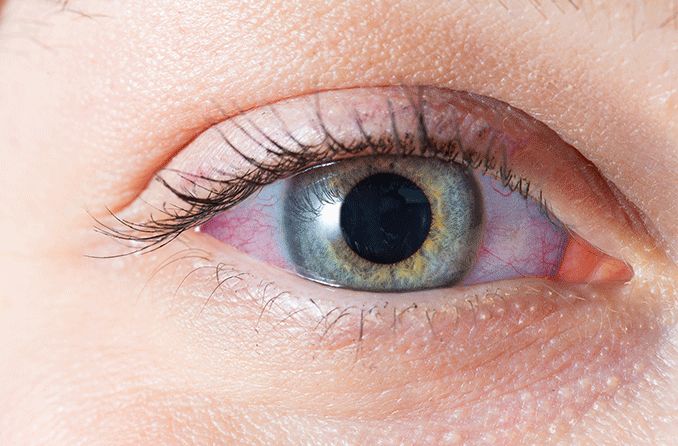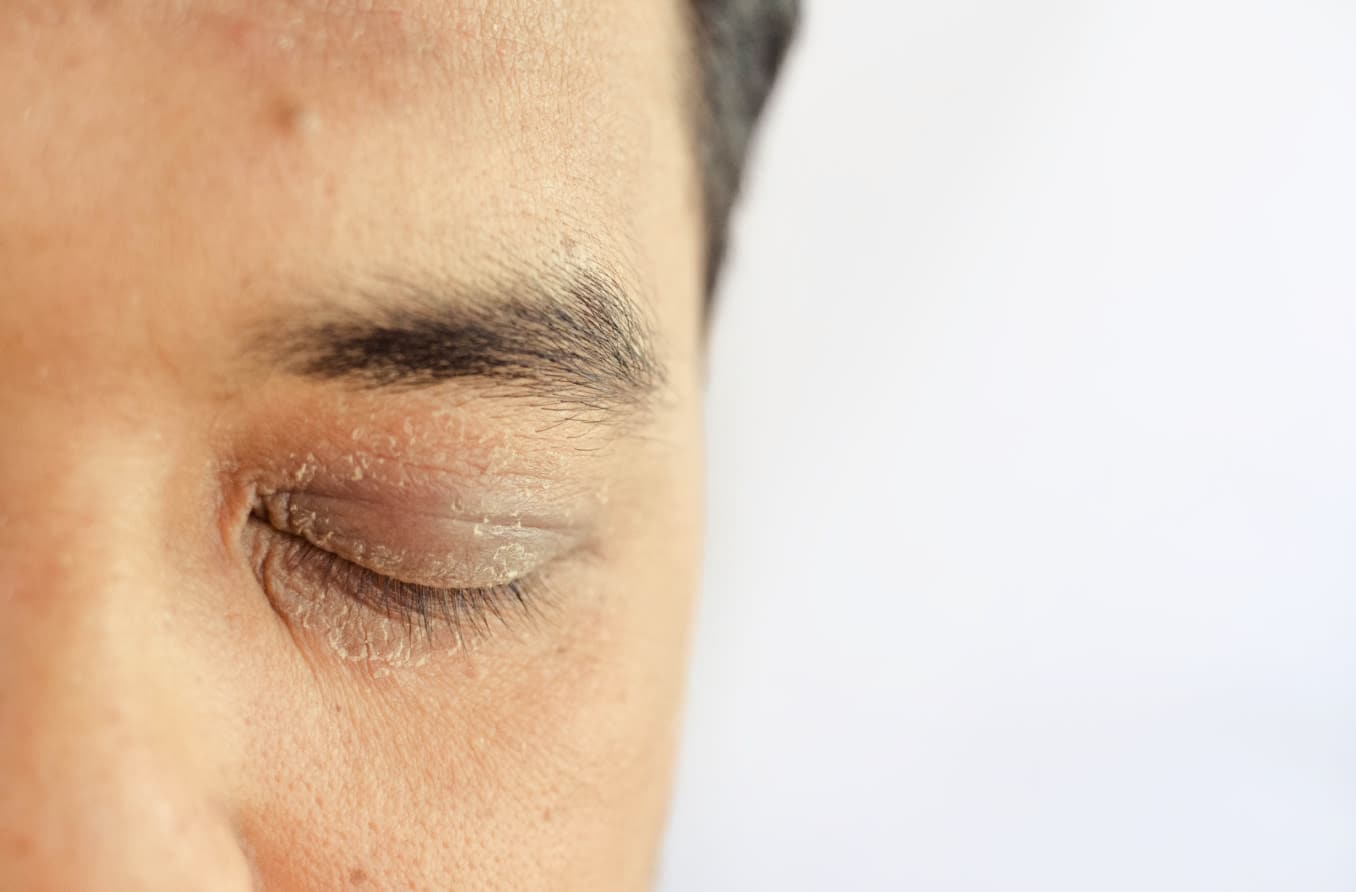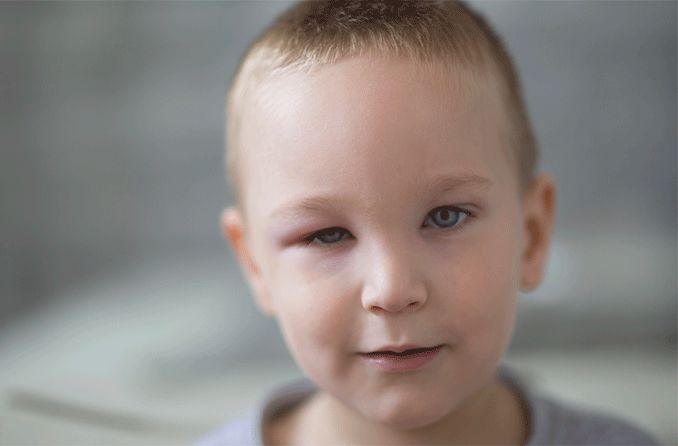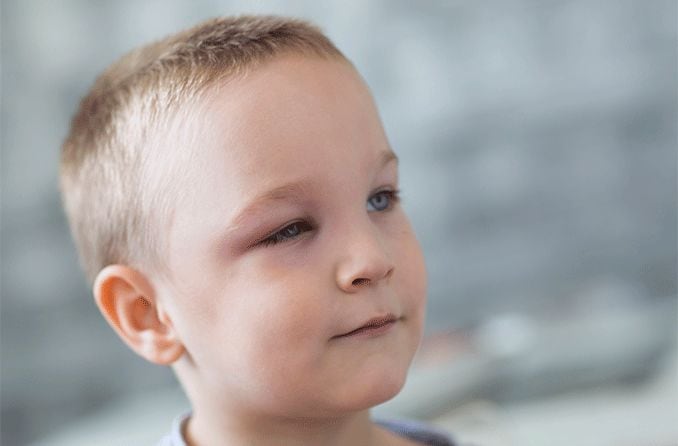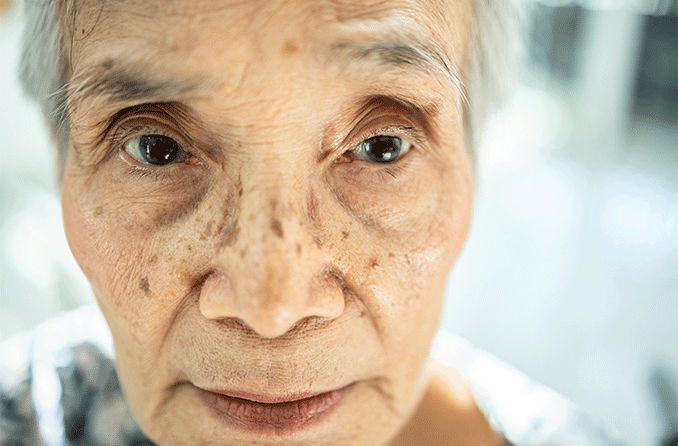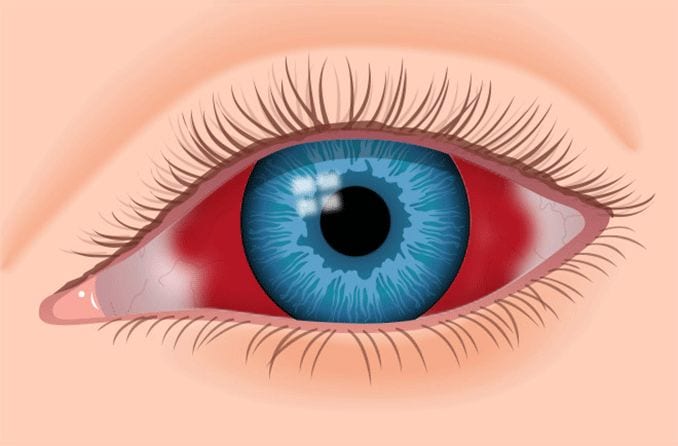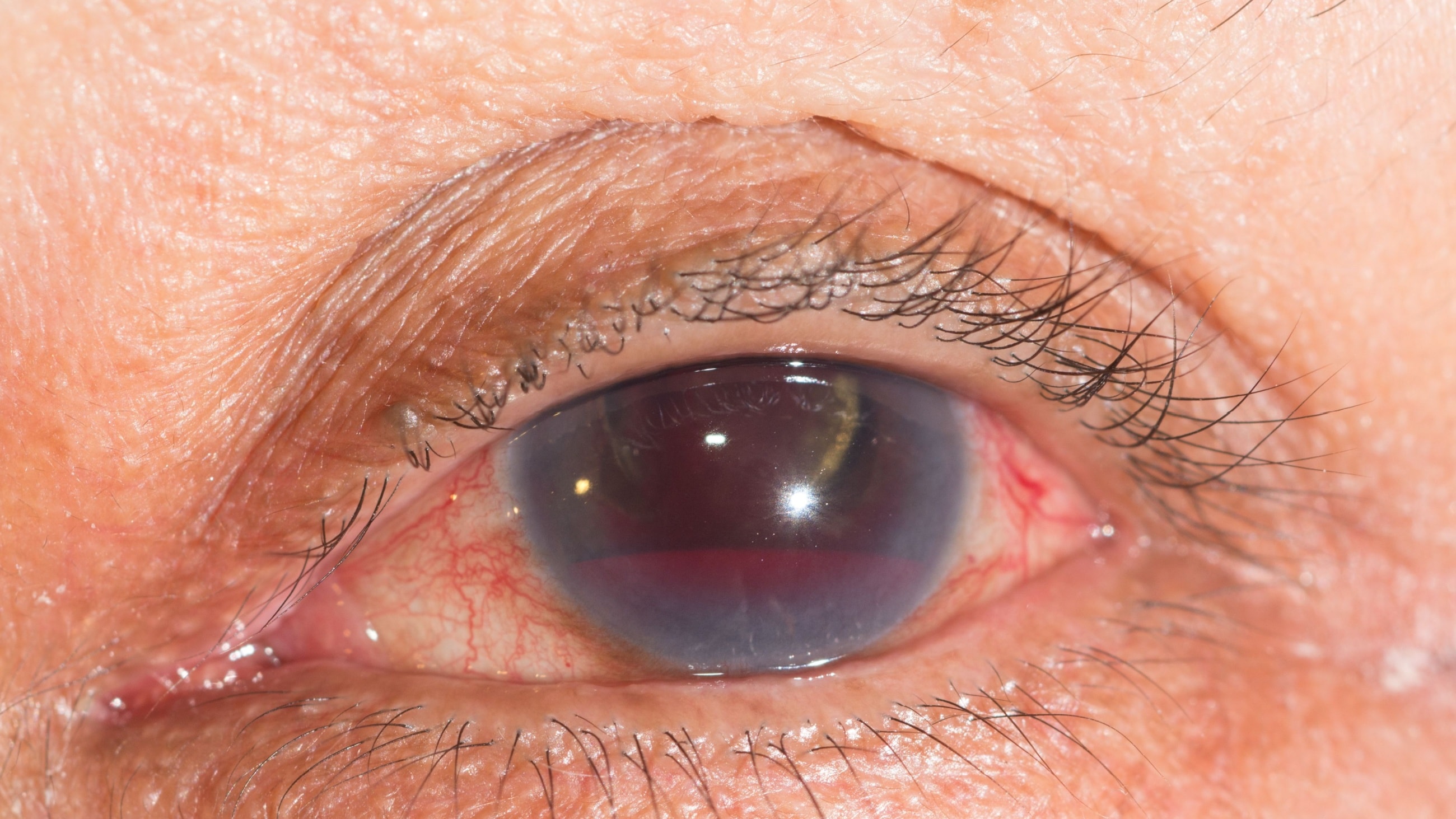Identify the cause of red eye
Tracing the cause of your baby’s or child’s red eye is important to help determine how it should be treated.
Was your child’s red eye caused by a foreign object or an injury? Maybe an illness or allergies? Treatment may vary depending on the answer.
If you are not sure what caused the redness, the following list of common causes of red eye in kids and babies can help you narrow it down:
Sports or activity-related eye injury
Foreign object — primarily relevant if redness only affects one eye
Illness such as fever, cold or flu
Conjunctivitis (pink eye): bacterial, allergic or viral
Allergic reaction or sensitivity to food
Irritation from soap, cosmetics, sunscreen, old contact solution, etc.
Overusing eye drops
General tiredness
Environmental factors such as smoke, smog, dust or chlorine from pools
Dry eyes caused by eye strain or dry eye conditions
Pre-existing eye conditions
Preventing red eye in your child
Sometimes redness is hard to predict, and in some cases, it may be inevitable. However, there are certain behaviors that can lead to red eye, which can be prevented.
Handle contact lenses with care
Kids who wear contact lenses should always handle them with proper care and clean them with solution as a best practice, as well as a preventive measure for red eye. Some solutions can be irritating and cause redness. If lenses are not cleaned properly, eyes can also become agitated.
If your child wears contacts and experiences redness or irritation, he or she should switch to eyeglasses immediately. This will take some pressure away from the eyes and can prevent additional discomfort.
Treat eye-related allergies appropriately
If your child suffers from allergies, certain allergy medications can reduce eye irritation. Eye drops can also help manage eye-related symptoms of allergies, as long as they are not overused.
Aside from your kid’s allergies, other eye irritants that should be avoided include: pollen, dust, pet dander, chlorine, smoke and dirt.
Limit screen time
Excessive time on digital devices can also cause digital eye strain in children, which can lead to dry and red eyes. Managing your kid’s time with watching TV, playing video games and doing other activities on a handheld tablet is another preventive measure to consider for red eye.
SEE RELATED: Children and technology: Protecting your child's eyes
Treating your child’s red eye at home
Can you treat your baby’s or your child’s red eye at home? Every situation is different, but each one should be taken seriously.
Some children may respond well to over-the-counter eye drops and may not need additional medical attention. Other children, and particularly infants, may require further care for their condition.
Remove contact lenses: If your child wears contact lenses, have them wear eyeglasses until the irritation and redness goes away.
Avoid irritants: Be sure to protect your kid’s and baby’s eyes from smoke, pollen, pet dander, chlorine, dust and any known allergens.
Eyelid rinse: Rinse the eyelid(s) with warm water for up to five minutes.
Cold compresses: Soak a washcloth in cold water for several minutes, squeeze out excess water and place over the eyes. Ice packs are suitable as well, but there should be a cloth buffer between the eyes and the ice packs.
Warm compresses: Soak a washcloth is hot water for several minutes, squeeze out excess water, and apply to the eyes. NOTE: Do not place a hot rag over your eyes; wait till it’s comfortably warm.
Keep in mind that red eye can be a sign of and/or lead to other problems, including pink eye and other eye infections.
Depending on the severity of your child’s red eye, you may need to schedule an appointment with an eye doctor. In the meantime, limit their contact with others. If a serious infection develops, it may also be necessary to keep them home from school and other social activities (and, again, get them to an eye doctor).
SEE RELATED: Epiblepharon
When to call a doctor
Whether red eye comes on rapidly or is an ongoing problem, your child should see an eye doctor to address the condition. Since there are so many potential reasons for your child's red eye, it is helpful to have a medical professional determine the underlying cause and direct you to the proper treatment.
If you can’t see an eye doctor for a while, there are over-the-counter lubricating eye drops and natural tears that can help relieve pain and redness in the meantime. Preservative-free drops are the optimal choice.
Note: Be wary of “whitening” and “red eye remover” drops, as they can contain drugs called vasoconstrictors, which shrink blood vessels. Misuse of these drops can cause more problems in your child’s eyes than they had to begin with.
If your child’s red eye worsens, new symptoms develop, or if treatment such as eye drops does not prove to be helpful, see an eye doctor near you as soon as possible.

